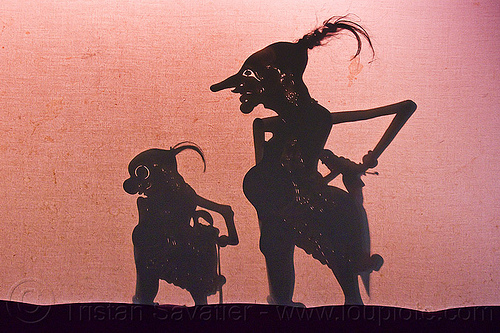

Contents are usually folklore, fights, and ancient history. Other artisans work with percussion and string instruments. The puppet-making process involves scraping sheep hide, donkey hide, and hides of other animals without fur, then chemically treating them to make them thinner and translucent before brushing a layer of Tung oil and carving the hide into characters.ĭuring performances, 3-5 puppeteers sing behind the screen.

Character archetypes are the same as Beijing Opera, with a male(生), a female(旦), a brash male (净), and a clown(丑). Head and clothing accessories include wind, flowers, grass, and clouds for females, and dragons, tigers, water, and clouds for males.

The smooth carving, flamboyant colors, translucency, and agile limbs from skilled craftsmanship make shadow puppetry delightful.Ĭraftspeople convey a character’s alliances and personality through traditional colors and illustrations. Some are simple and rugged, others smooth and romantic. The facial designs and apparel of figures are lively and exaggerated for comic effects. Figures and background landscapes are flattered and dramatized. The stylization of puppets and landscape combines the naturalistic and abstract. Each puppet's head, limbs, and body are separate pieces strung together, each controlled by puppeteers through a stick. Shadow puppetry refers to the performance’s unique medium, covering both the performing puppets and background props. Shadow puppetry is a folk drama projecting the light on puppets, with stories displayed on a white fabric screen.


 0 kommentar(er)
0 kommentar(er)
